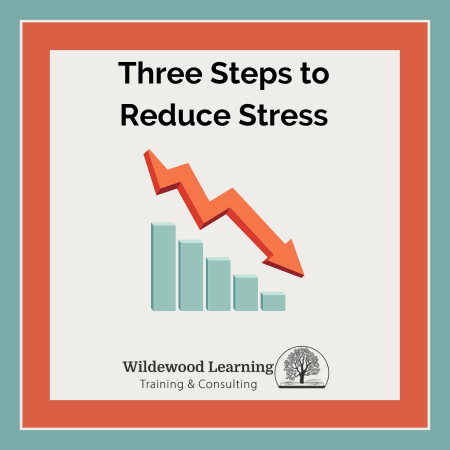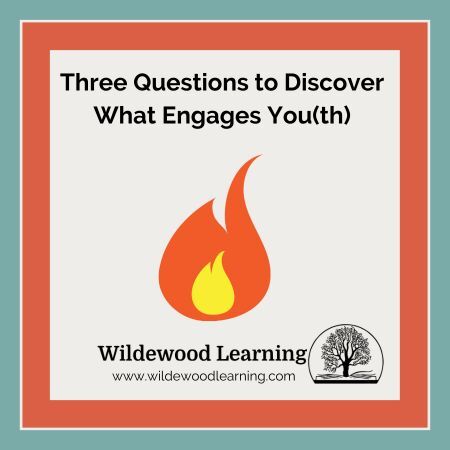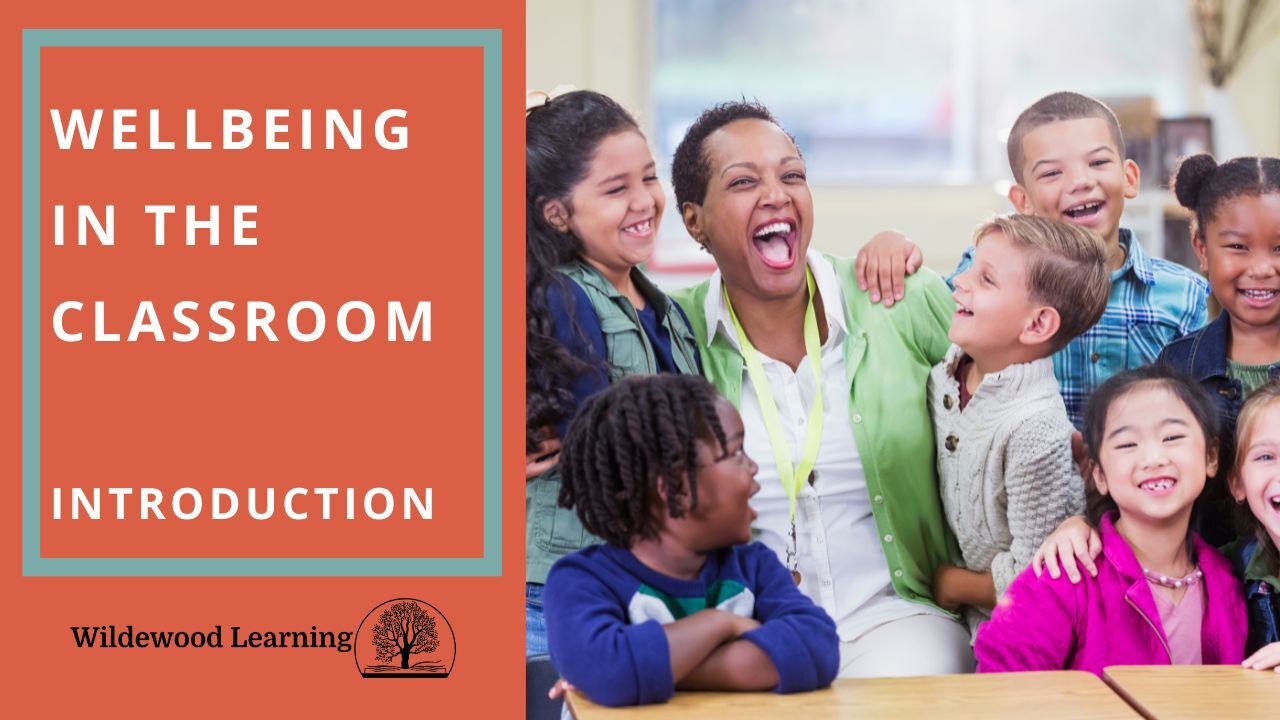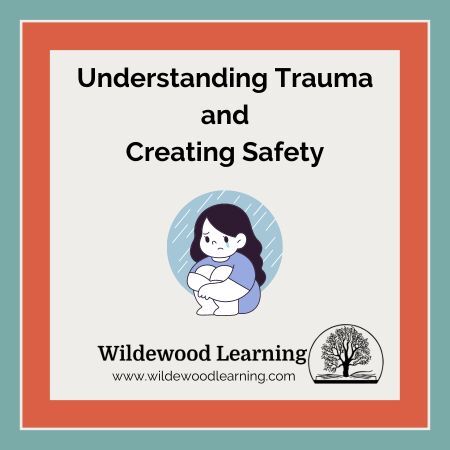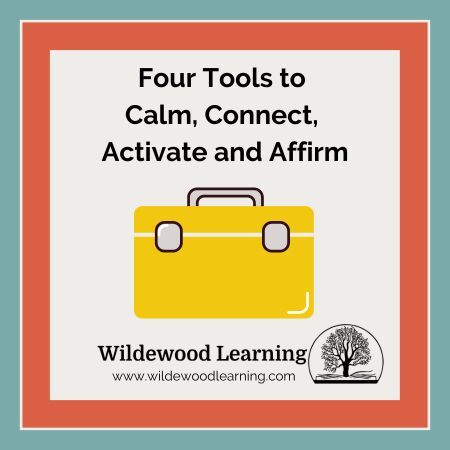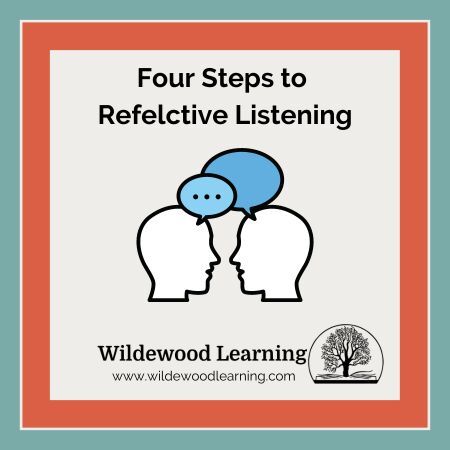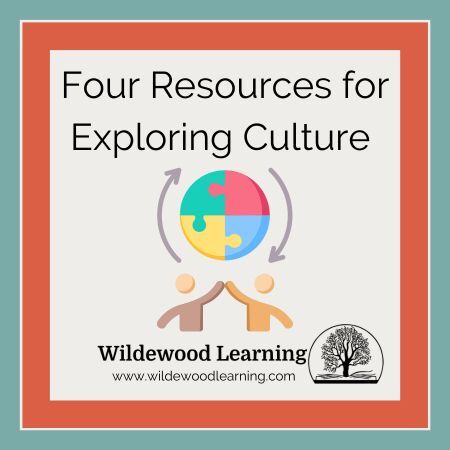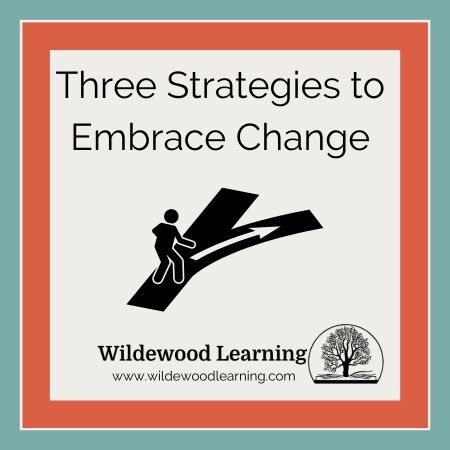Real Self-Care is Rooted in Strengths
Recently, I attended a Restorative Justice Program conference with practitioners and youth from throughout the state. This conference was different than other conferences I had attended. I could tell as I walked into the opening session conference room.
The room had chairs arranged into five large circles. The room host said, “Choose the circle that speaks to you.” As I walked around the room and looked at the items in the middle of each circle, I noticed a deck of cards in the center of one of the circles. Written on the deck box cover was the phrase: Rest is Resistance. This concept, which I had heard for the second time in less than a week, suggests that rest is not a passive act, but a form of resistance against the societal pressures that often lead to burnout. This must be a signal that this was the circle for me.
As the conference proceeded, on the second day, I selected a circle discussion on self-care. The Circle Keeper (the facilitator) asked a question about our emotions. However, instead of saying an emotion, she associated emotion words with animals and plants. So, if you felt sad, you were a Weeping Willow, or if you felt tired, you were an Owl. Sometimes, a person was a combination of more than one emotion.
The second round of questions focused on incorporating self-care into our lives across various categories: physical, emotional, environmental, social, mental, spiritual, intellectual, and financial. The facilitator provided examples and explained how to create combinations of self-care activities. While we don’t need activities from every category, it’s important to find ways to prioritize self-care. It was great to hear everyone share their goals for enhancing self-care and aspects of their lives that already support it.
As you move into the summer season (here in the northern hemisphere), take the time to stop and consider your self-care combination. Your strengths and values are good places to turn to help you develop a summer plan.
One of my strengths from the CliftonStrengths assessment is that I am a Learner. As a Learner, I enjoy the process of learning, plus one of my top values is a love of learning. When I lean into my strengths and values, self-care looks like spending time reading a book in my backyard on the patio. This understanding of my strengths and values empowers me to make self-care choices that truly resonate with me.
In a training I facilitated on Strengths in Action, a session that focuses on leveraging your unique strengths to promote self-care, I asked participants to reflect on their strengths and recall when one or more of their strengths helped them in self-care. The conversation reflected on the resilience they had built through leaning into their strengths in ways that promoted self-care.
You can do the same! Here are a few questions to start you on your way:
- What are your strengths?
If you are unsure, I facilitate Strength Conversations with individuals and teams that can help you become aware and take action to support your self-care.
- What are your values?
This is another area in which I support individuals and teams in growing to be their best for the people they serve.
- What area do you want to focus on for self-care?
Select one category: Physical, Emotional, Environmental, Social, Mental, Spiritual, Intellectual, or Financial. Some activities can be in more than one area. You choose!
- When will you practice?
Build the activity into your daily calendar. It’s better to start small, like a 10-minute walk, a 5-minute rest, a simple text to friends, or selecting one kitchen drawer to declutter. Whatever you choose, remember to congratulate yourself on taking the time to do it! Celebrating your efforts is an important part of the self-care journey.
If you need more inspiration, sign up for my free toolkit, 5 Simple Strategies to Build Resilience and Reduce Burnout. Remember, you’re not alone in this journey. Support is available to help you identify and live by your strengths and values.
Let these few months of summer be time for you to exhale and create ways to build resilience through self-care.



